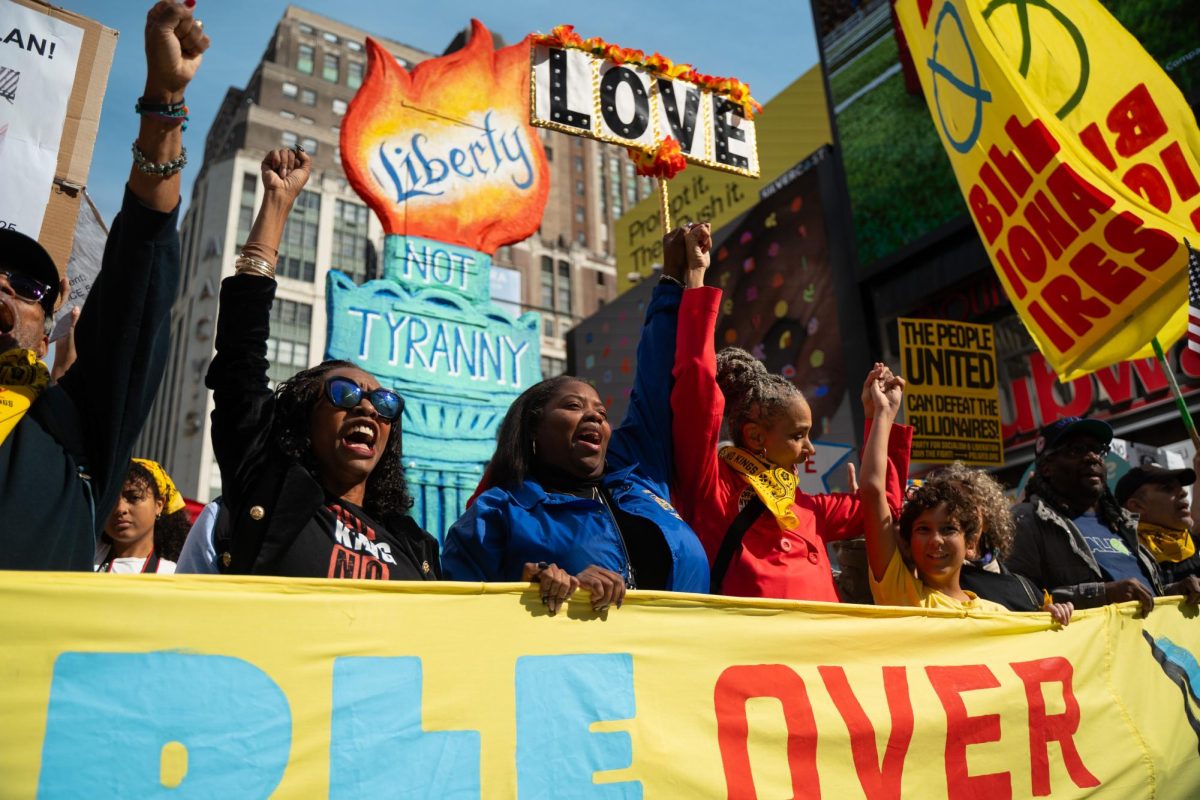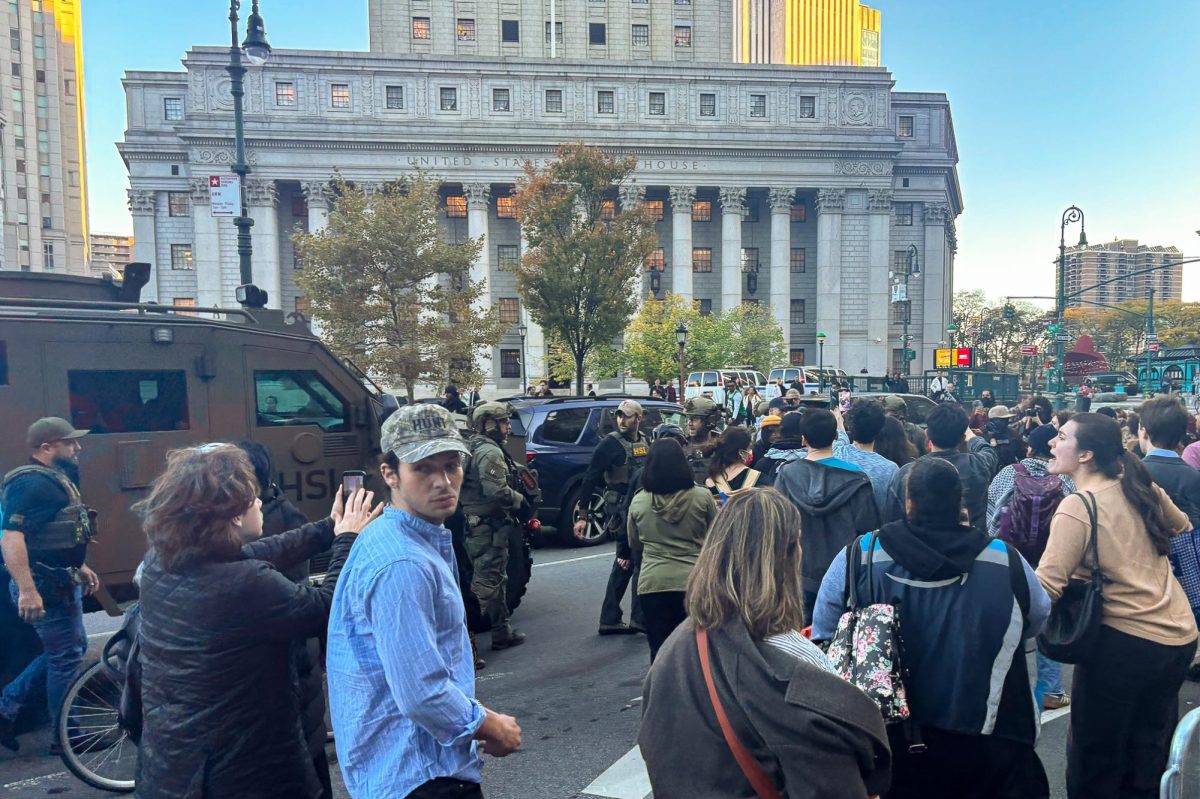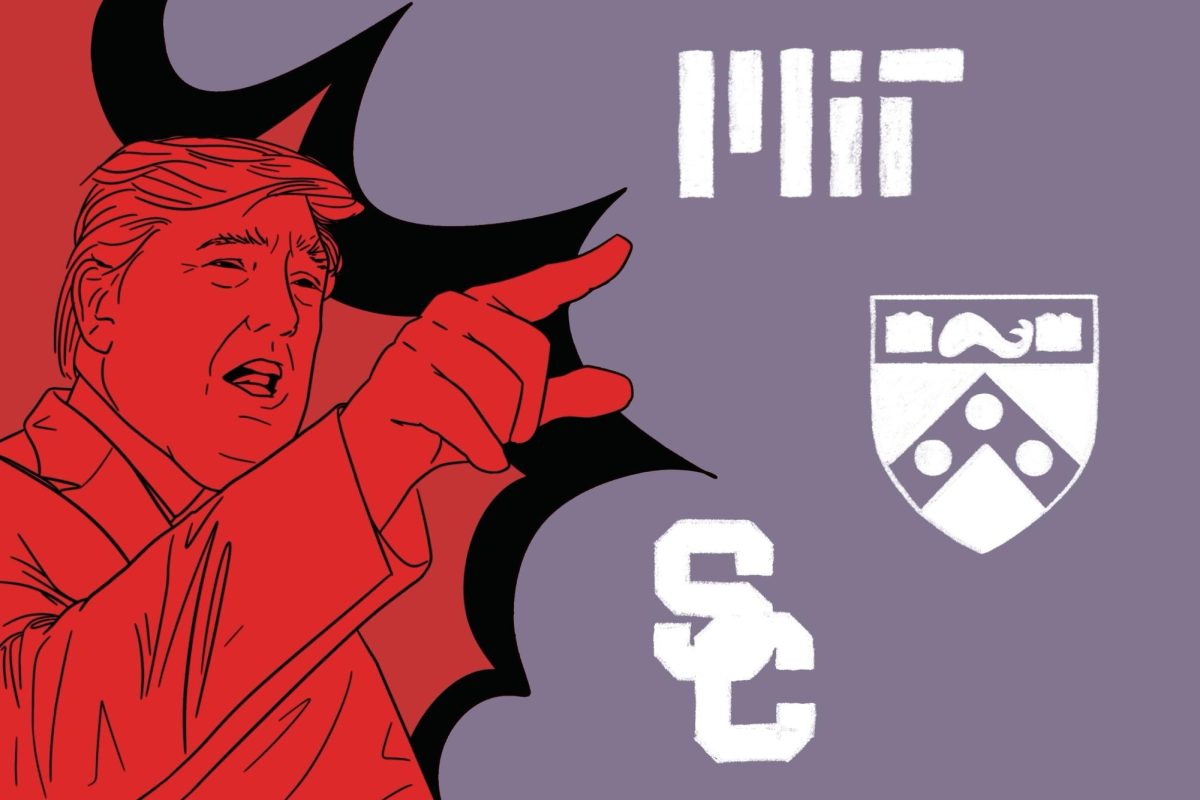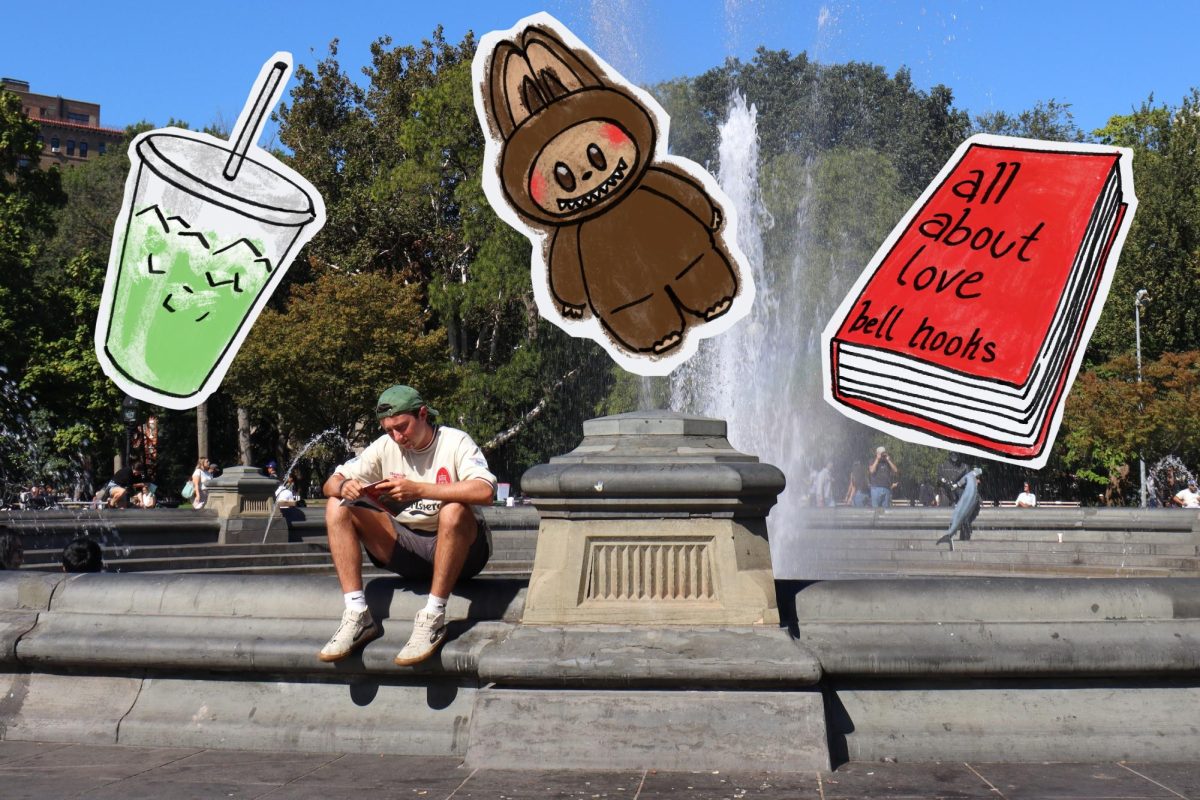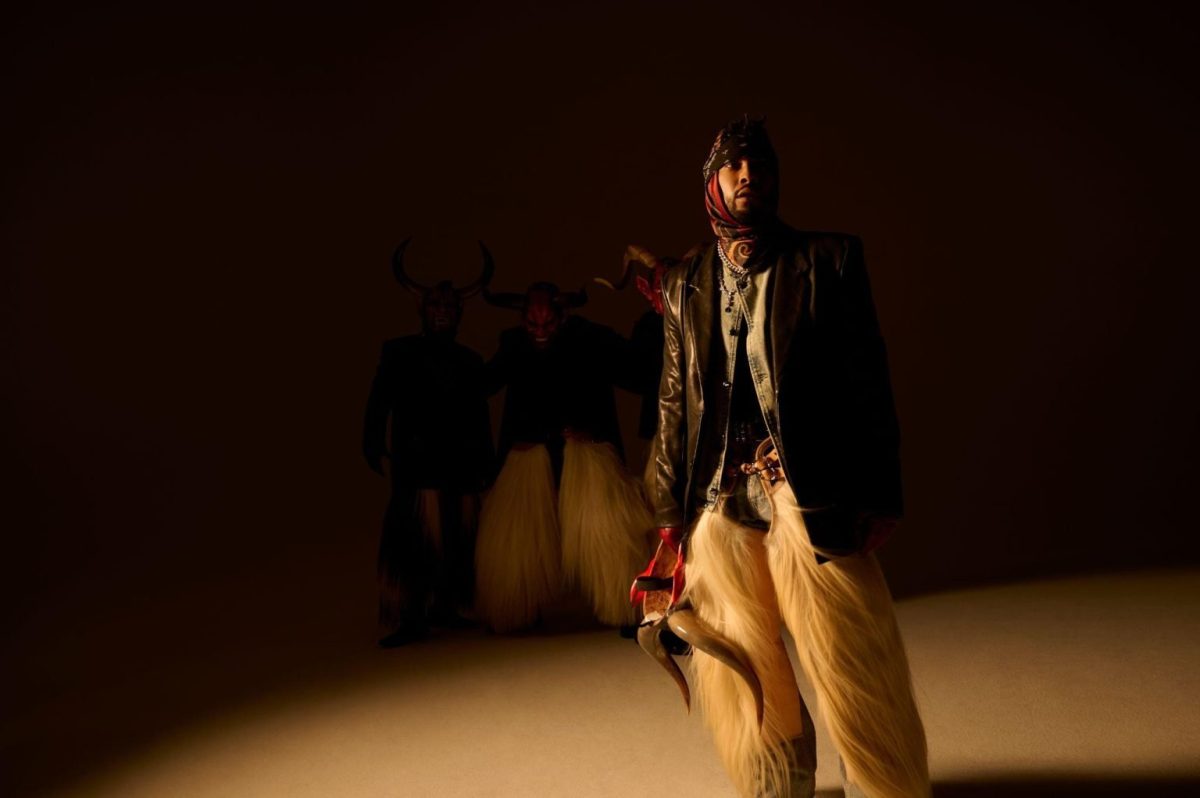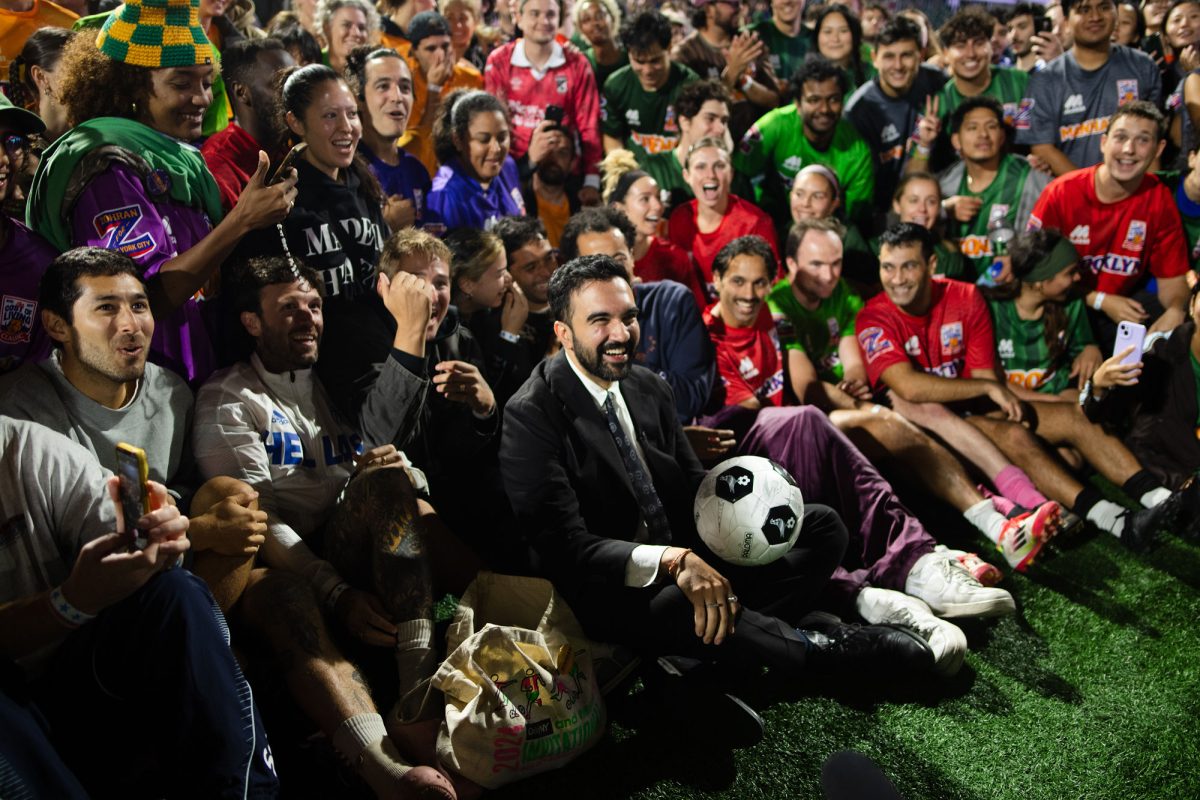Review: ‘Riotsville, U.S.A.’ is about the present as much as the past
In “Riotsville, U.S.A.,” the civil uprisings of the ‘60s are recontextualized using previously-unseen archival footage from public broadcasts and the U.S. military. “Riotsville, U.S.A.” begins its theatrical run at Film Forum on Sept. 16.
“Riotsville, U.S.A.” by Sierra Pettengill is a documentary narrating law enforcement brutality during the civil rights movement. (Courtesy of Magnolia Pictures)
September 13, 2022
The political turmoil of the late 1960s in the United States has been well documented in all forms of media. Most Americans have iconic images of the era seared into their brains: Martin Luther King Jr., sit-ins and peaceful protestors. Recently, the canon of iconography has moved away from a moderate perspective, with Malcolm X, the Black Panthers and more graphic images of police-inflicted violence increasing in influence. Sierra Pettengill uses the images of the oppressors to continue the recontextualization of this memorable point in U.S. history.
Through the use of archival footage from public broadcasts and U.S. military filmmakers, “Riotsville U.S.A.” tells the story of how the U.S. government responded to increasing protests in the mid-to-late 1960s. As civil unrest was growing in 1965, President Lyndon Johnson assembled a committee to investigate the cause. They reported that the poor, Black, and underprivileged people of the United States wanted a more equal society. The committee, composed of white moderates, suggested addressing these concerns with welfare programs and more funding for the police. The government only followed through on the last suggestion.
On southern military bases, the government created fake towns for the purpose of training police in riot control. The way Pettengill introduces these cities and their beginnings highlights the errors made and their artificiality. Riotsville looks like a Hollywood set of a town — the buildings incomplete; the signs on businesses lacking character. The film shows the beginnings of riot control training with footage of officers sitting on bleachers as soldiers practice taking down citizens, played by their fellow peers. As the fake riots are shut down, the officers chuckle and talk among themselves as though at a sporting event. The officers’ attitudes reflect the same lack of empathy from the U.S. government, creating their own narrative of the morally dubious situation at hand. They live in denial of reality by trying to control the story of the situation.
Other meta elements of the film which comment on this self-serving narrative include the broadcast footage, which is often left intentionally unedited. In one program, a tear gas manufacturer takes offense to a question about his practice, forcing the broadcast to reset and the host to ask a different question. There are parts of the narrative that are more violent and purposefully kept out of sight, and, hopefully, out of mind. In another newscast, an ABC field reporter does multiple reads of his catchy hook for the broadcast while violence ensues behind him. This clip, along with the previous one, showcases how the media, regardless of how unbiased it may present itself to be, is concerned with external appearances at the expense of the well-being of others.
Ironically, the use of unedited clips is one of several ways the film shows itself to be a testament to the power of editing. No new footage was created for the film, thus it was entirely conceived in the editing room. There is choice narration here and there, but the footage is often left to speak for itself. It’s often in the juxtapositions made by the filmmakers that these meanings and messages are imparted on the audience. Text is frequently superimposed above or inserted between clips, which provides additional information without taking away from the original audio in the way that narration might. Instead, great dichotomies are created. For example, Riotsville was used to practice live sniper scenarios, as they were supposedly a widespread problem. On the contrary, the committee found that the police inflicted more gun violence and deaths than the rioters. This information conveyed through text over the clips of fake sniper takedowns makes the footage comedic and frustrating at the same time. This energy is wasted when real problems could be solved but are purposefully ignored.
The film ends by bringing its themes of artificiality to the 1968 Republican National Convention. Hosted in Florida, the Republican Party set up shop on a secluded piece of land whose only entrance was bridges that were theoretically easy to blockade by security. Nevertheless, protestors found their way to the convention, attempting to prevent Governor Ronald Reagan from getting into the event to no avail. Outside the supposed utopia of the convention, riots were incited in the streets of a nearby neighborhood. The riots ended after several days, failing to resolve any of the problems the people actually wanted answers to. The soldiers who put an end to the unrest were trained in Riotsville, which is the film’s full circle moment.
Riotsville, U.S.A. is not a real town, but it serves as a metaphor for all the towns that make up the United States. The United States is an elaborate construction on top of stolen land, and the law and order that is imposed upon indigenous people as absolute rings as true today as it did back then.
Contact Sebastian Zufelt at [email protected].












